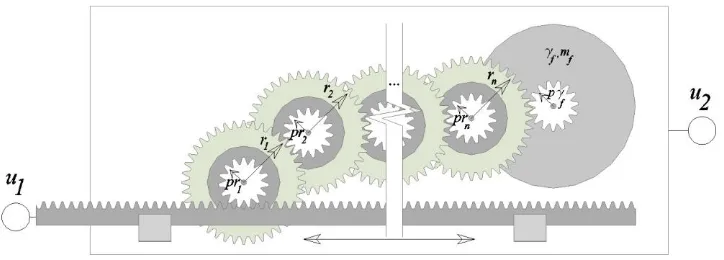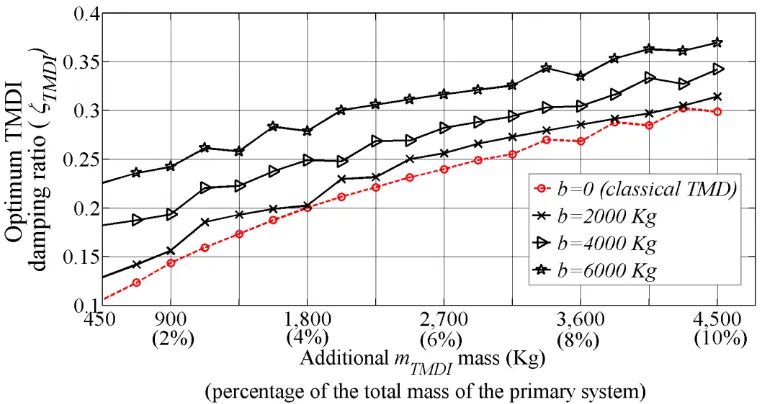The tuned mass damper inerter for passive vibration control and energy harvesting in dynamically excited structural systems
Full text
Figure




Related documents
Building on recent work on the role of performance in mental health practices (e.g. Williams, 1998) and on the capacity of performance to generate new forms of author- ity
In order to evaluate the contribution of soil and foliar fertilization of ni- trogen and sulfur on physiological and quality assessment of wheat, a field trail was carried out
In the ray-based method of Geometrical Theory of Diffraction (GTD and UTD), the traced rays like reflected rays and diffracted rays may be shaded by other part of the model thus leads
The graphs cover the trend in production and/or employment, whereby the trend is defined as the moving average over three months (after seasonal adjustment) in the case of the index
an immediate recognition test, when participants studied negative and neutral-emotion.. DRM lists, persists after a
The following abbreviations are used: BEV, battery-electric vehicle; CARB, California Air Resources Board; CSIR, Council for Scientific and Industrial Research (South Africa); DOE,
If there exists a sound criterion to stop a play after at most n steps, this yields a simple algorithm to determine the winner of the infinite game: the finite-duration game can be
Finally, the water contact angle mea- surements revealed that Argon irradiation at the dose of 1 × 10 14 ions/cm 2 decreases the contact angle to about 65˚ when compared





